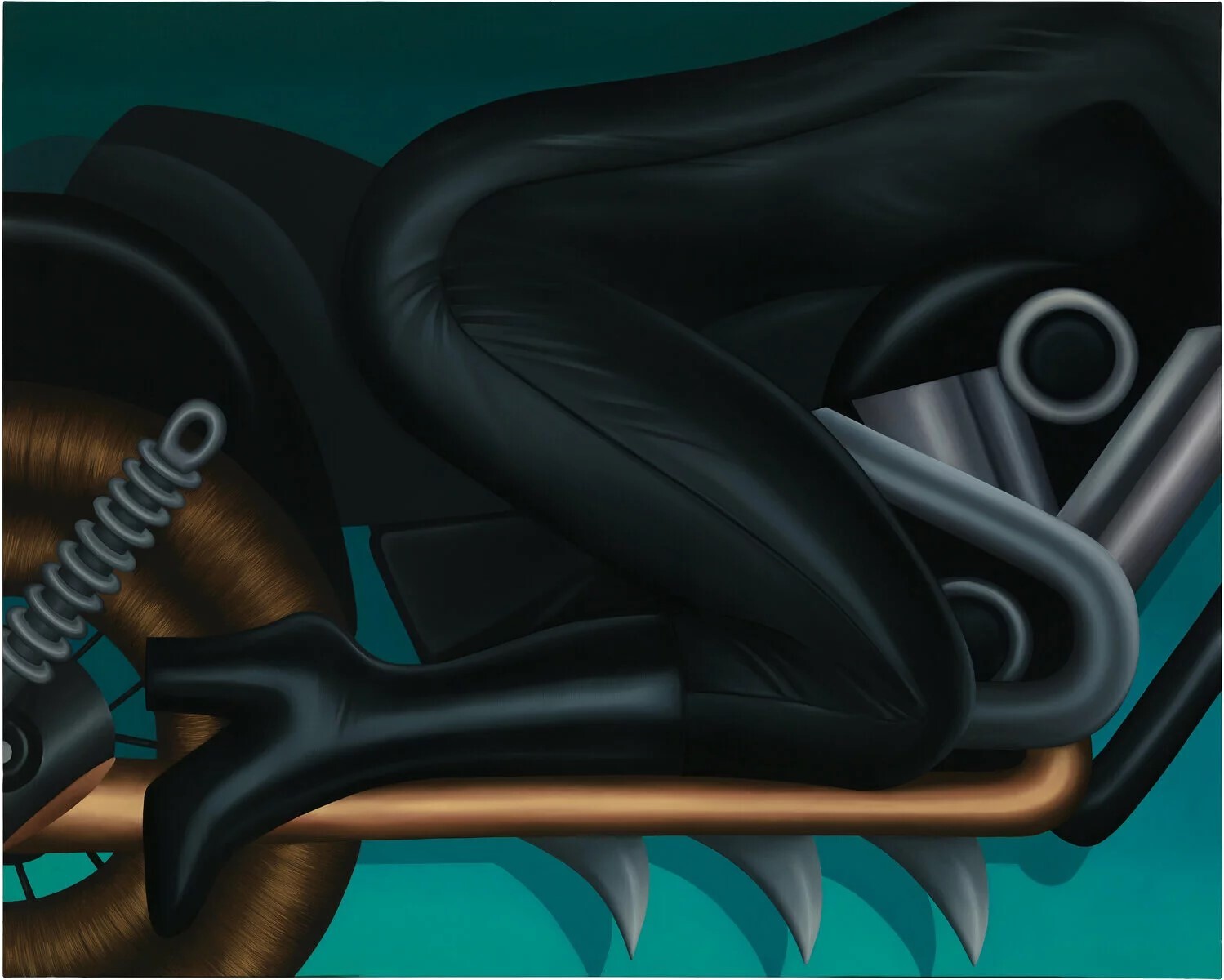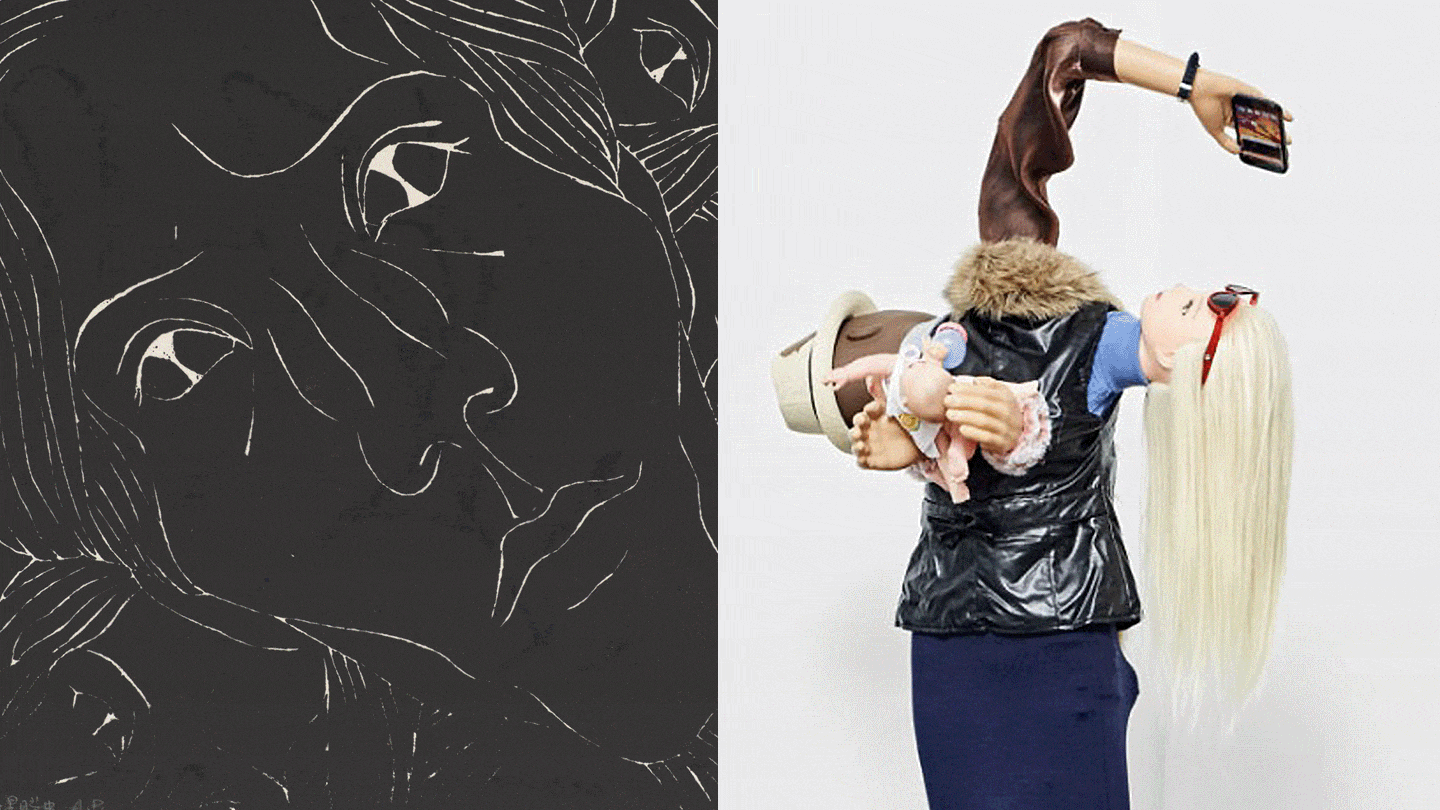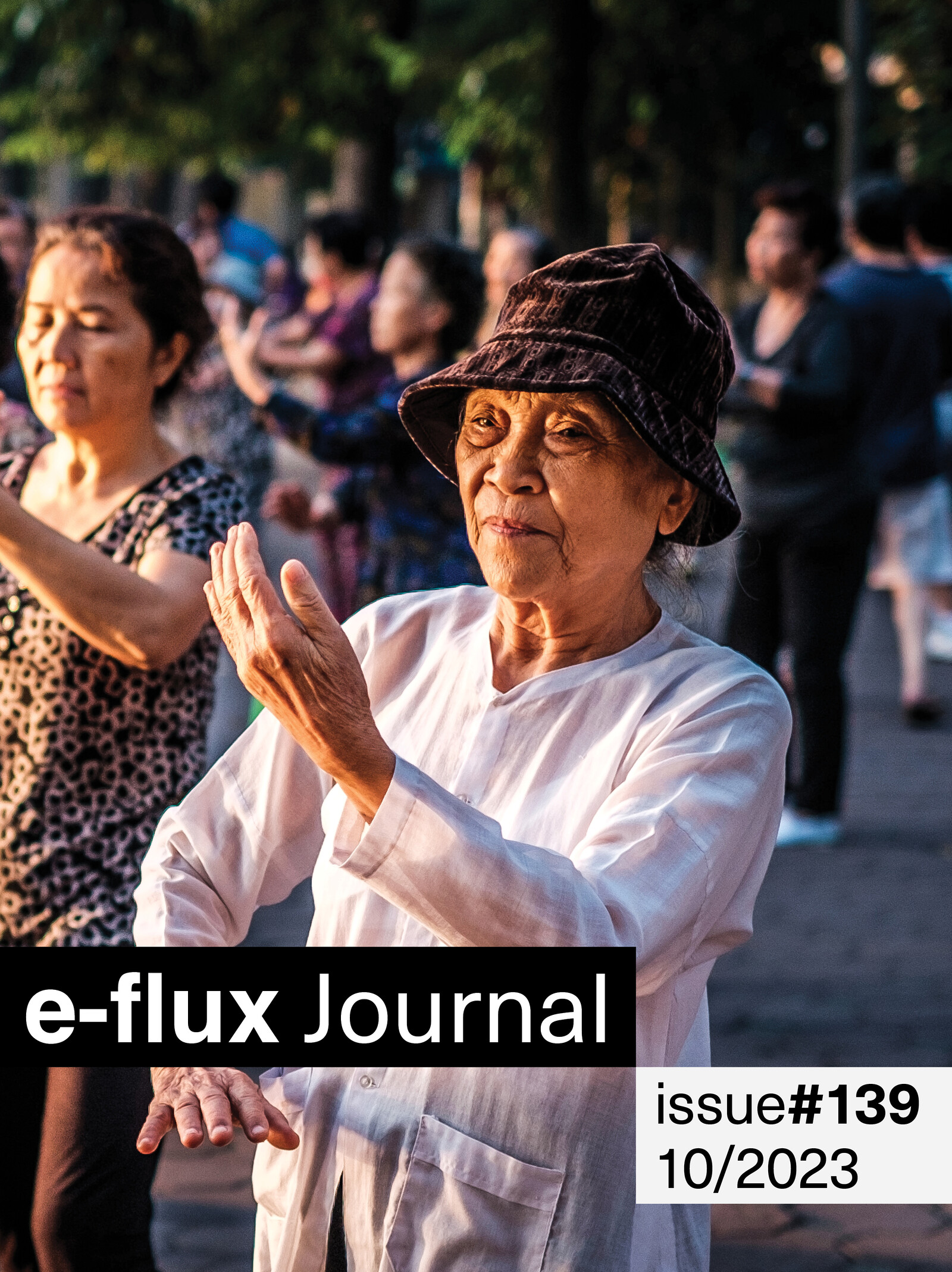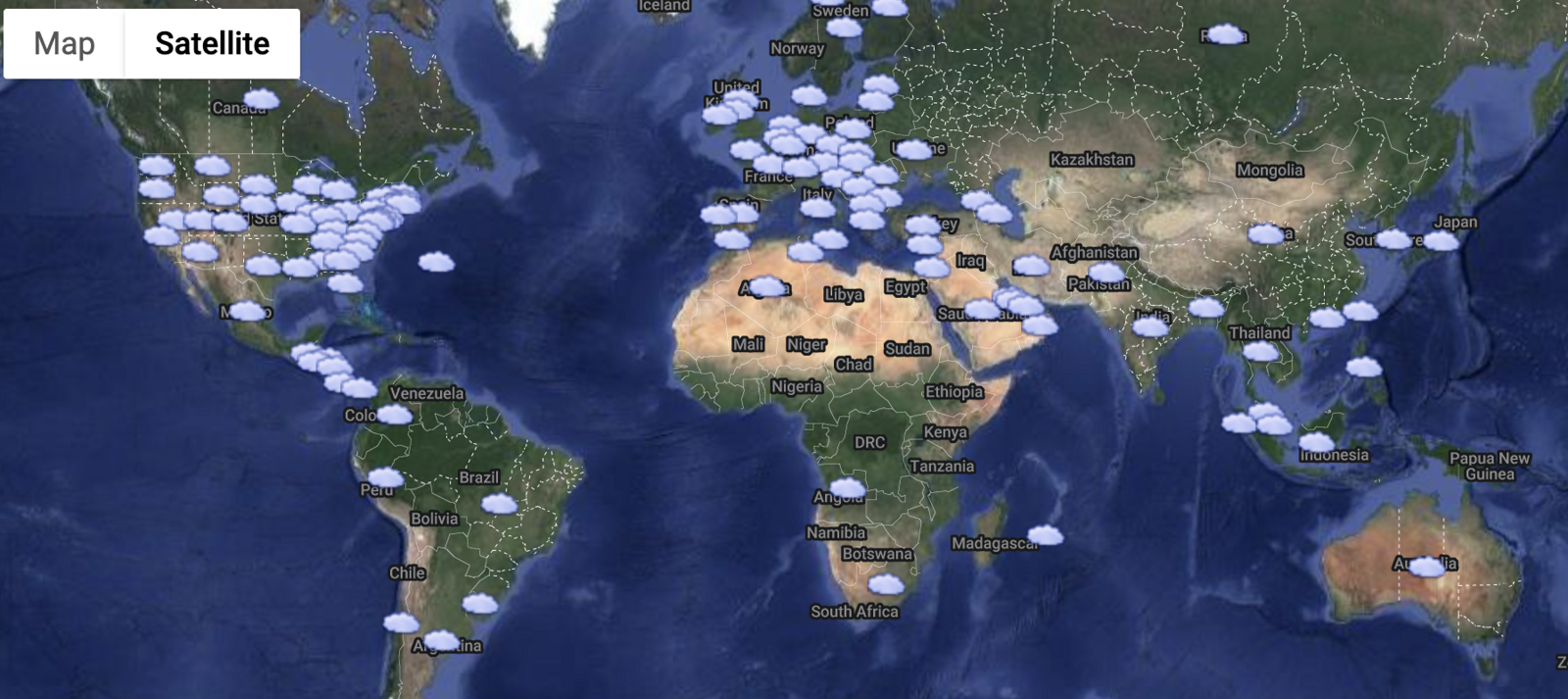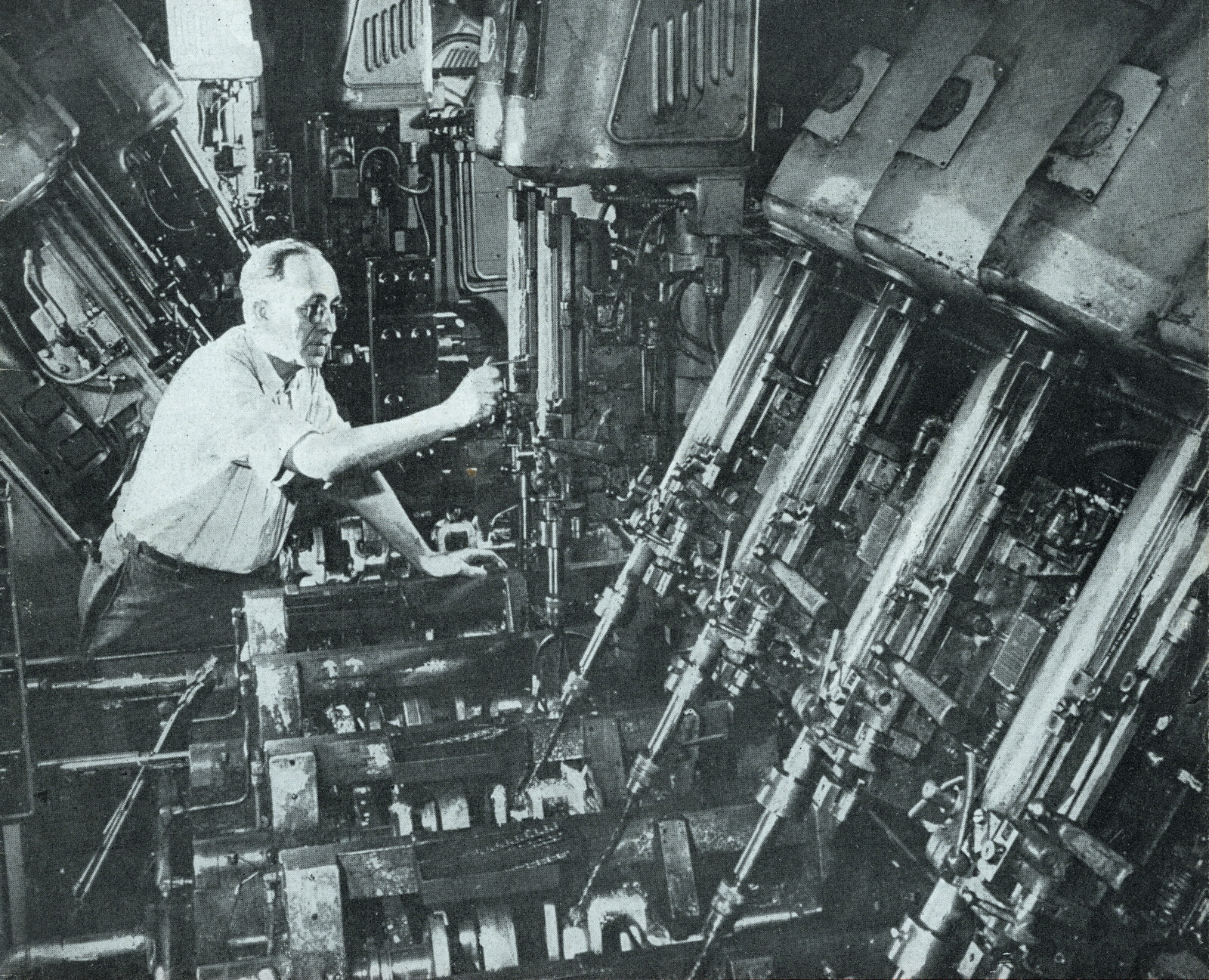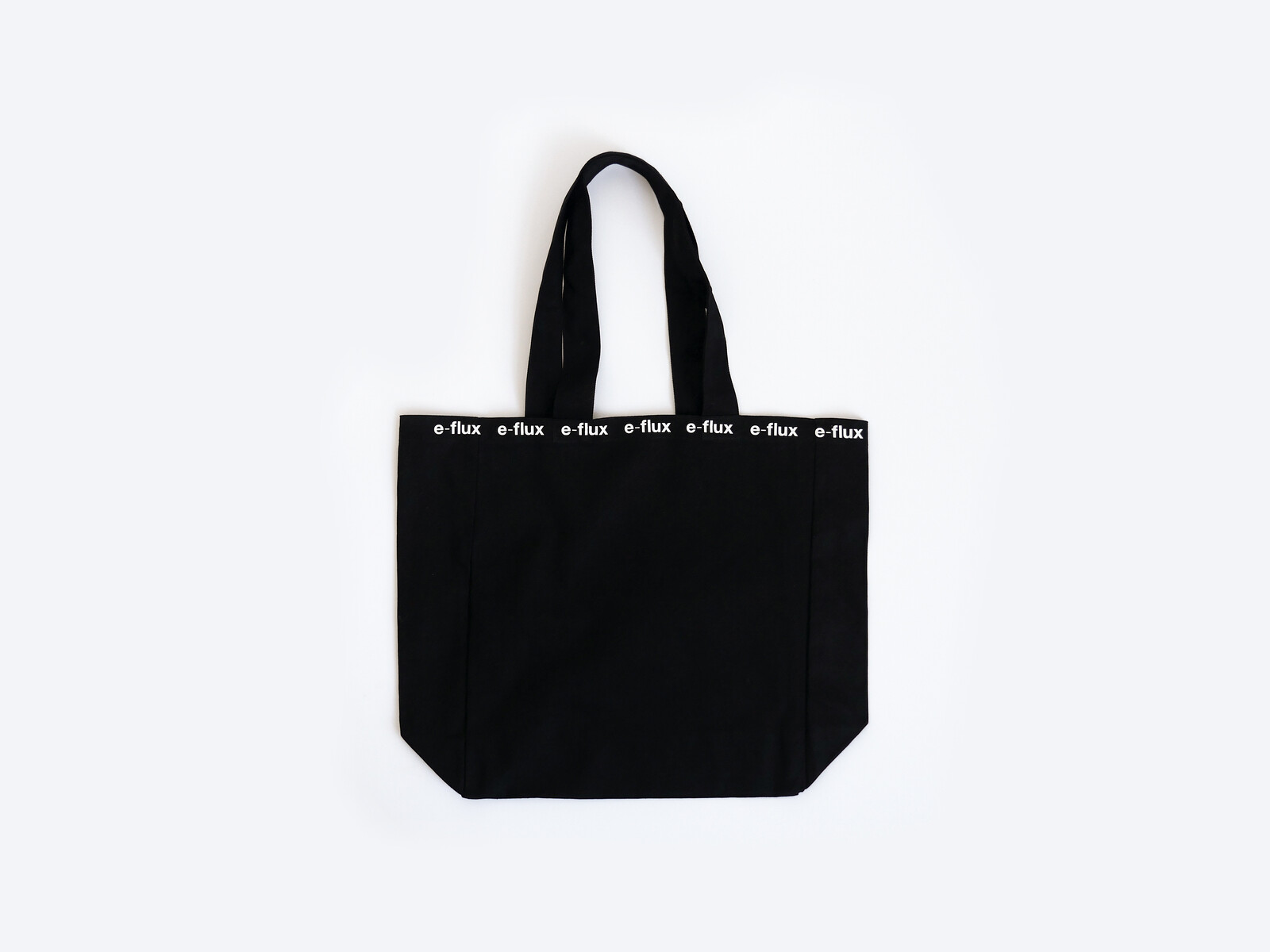Computational Compost
Although Gupta’s art is deeply engaged with contemporary political events, it is not headline-driven. It resists didacticism, in part, through being polyvocal, as exemplified in her standout installation Listening Air (2019–23). Defying simple description and rewarding patient immersion, Listening Air consists of multiple microphones-turned-speakers that play songs of labor and resistance from around the world.

In their recent open letter, curators Manuel J. Borja-Villel and Vasıf Kortun protested that “culture and cultural institutions have become a battleground, which the illiberal forces are ready to conquer.” The removal of the bulwarks protecting culture from political interference means, they continued, that “what was once a site for experimentation and autonomy is becoming a site of control.” Recent weeks have provided ample evidence that the erasure of those lines separating a society’s culture from its economic and political systems leaves it vulnerable to them.

Desire, grief, and theory are extravagantly intertwined. A significant achievement of the book is that it interpolates you, the reader, in its ethical structure. Glück uses elements of Ed’s own journals and dream notebooks so that the work becomes a collaborative act, a collaboration that is extended to the reader who is asked to take on the burden and responsibility of memory. Glück characterizes About Ed as a tomb built in language: a tomb for Ed and, ultimately, for himself.

If mirrors were in the European tradition placed in the woman’s hand as damning symbols of her conceit—to quote Berger again: “You painted a naked woman because you enjoyed looking at her, you put a mirror in her hand and you called the painting Vanity, thus morally condemning the woman whose nakedness you had depicted for your own pleasure”—in Brice’s paintings they become a tool for self-knowledge and empowerment, a symbolic celebration of a restorative kind of narcissism, on the path to recapturing one’s own image.

“THIS TOO, IS A MAP” questions the conventional relationship of map to territory, looking “to model multi-spatial and multi-subjective histories and knowledge.” Directed by Rachael Rakes with associate curator Sofia Dourron, the show features works by sixty-five artists chosen not as representatives of particular nations but for their embrace of transnational approaches. The diasporic bent of this list reflects an expansion of (and alternative approach to) cartography to articulate myriad overlapping personal roots and routes.

In November 1969, a group of Native activists sailed across San Francisco Bay and occupied Alcatraz Island, home to the infamous prison that had closed in 1963. The occupation lasted until the summer of 1971, when federal authorities besieged the island by cutting off the electricity and water supply before government agents and local police removed the dozen or so remaining inhabitants.
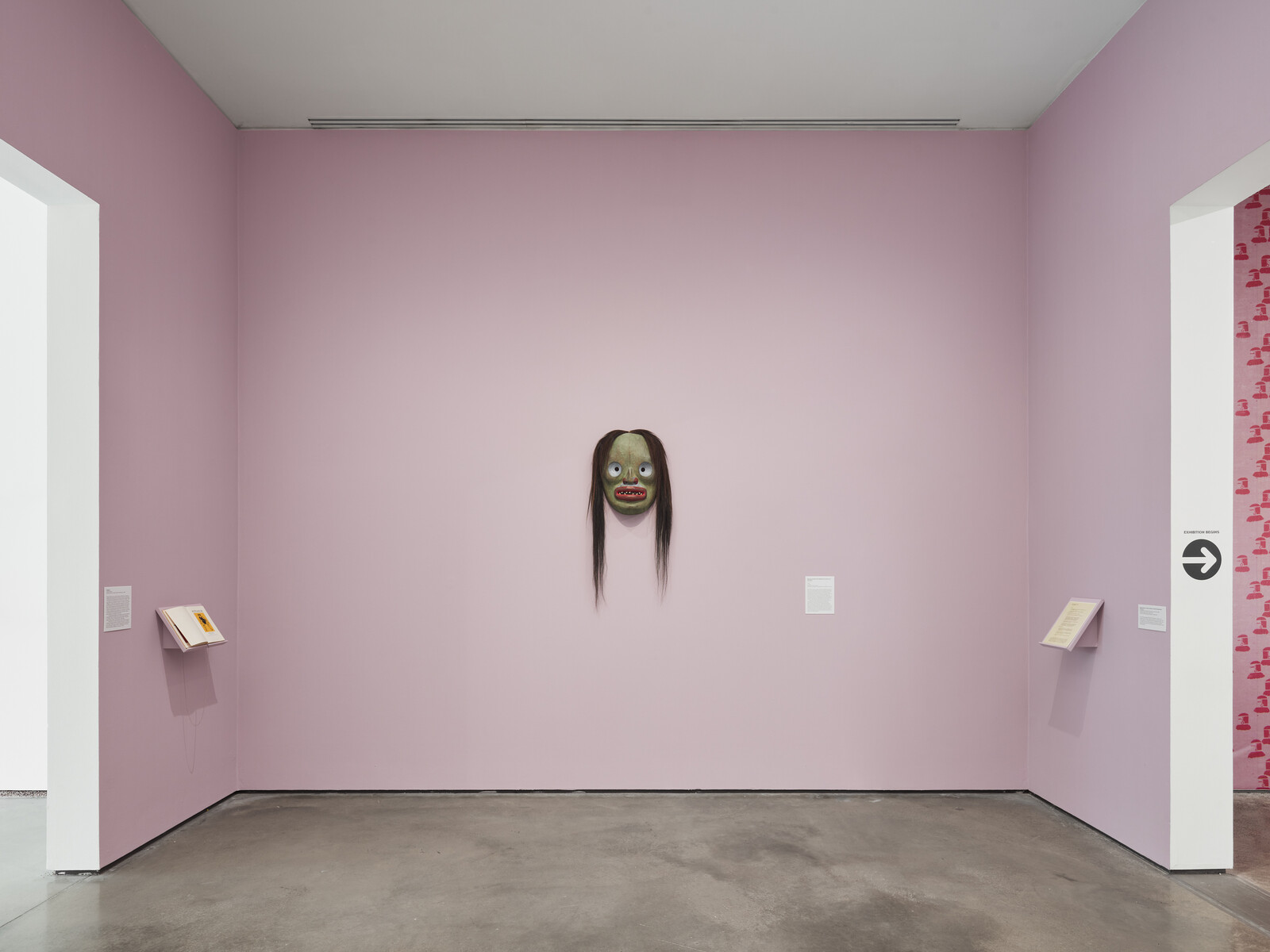
What fascinates me in the range of movie characters presented in “J’adore vous faire rire”—including Carrie from Brian De Palma’s eponymous 1976 film, zombies with their faces stitched back together, iridescent people with bright yellow and green skin tones—is that her work does not deny the violence done to these otherworldly figures, nor is that violence spectacularized. Drawn and painted with neo-Gothic humor, her characters destabilize normativity by teetering gleefully on the edge of human subjectivity and objectification.

Human Energy was shot in Kern County, California, which is responsible for the vast majority of the state’s oil and fracked gas production and boasts some of the worst air pollution in the country, a burden disproportionately borne by the region’s most vulnerable communities. Panoramic open sky, mountain range, sunset: our petro-cowgirl deploys the tropes that have characterized fantasies of Western expansion and tethers them to dreams of expanded fracking operations.

Wake up Soldiers, Open Your Eyes constitutes two colossal clay warriors hugging guns to their chests in an otherwise vacant room. Slumped in resignation with knees bent as if on the verge of genuflection, they are more pathetic than heroic. Cherri’s effigies allude to archetypal myths from Gilgamesh to Genesis that recount the creation of human beings out of soil, ending in their destruction as punishment for lack of respect for divine laws.

十码计划网开奖结果168网体彩开奖 开奖结果平台 开奖直播网 官网开奖记录app 官网开奖直播 在线观看, Documenta has been the reference of the art world for decades, marking the spirit of our times. However, today, Documenta is more of a symptom of a plagued Europe than anything else.
We, the remaining members of the Finding Committee after the recent resignations of our esteemed colleagues Bracha Lichtenberg Ettinger and Ranjit Hoskote, announce hereafter our collective resignation from this honorable task. Be assured that we have not taken this step lightly and that we do so with a very heavy heart.
I hereby formally resign from the Finding Committee of Documenta 16, and hope and wish that you will choose together the best candidate for Documenta 16 Artistic Director. Recently in two emails to all of you, I asked that we slow down the process. The art world as we imagined it has collapsed and is now fragmented, I wrote, and added: What can art bring to our dark ages? The question of the meaning of being human is tightly related to the meaning of art. Artists are not here to decorate politics. Art’s function is not to aestheticize political ideas (W. Benjamin).
These last few days have been among the most deeply distressing days of my life. The monstrous charge of anti-Semitism has been brought against my name in Germany, a country I have regarded with love and admiration, and to whose cultural institutions and intellectual life I have contributed for several decades, as a writer, curator, and cultural theorist … I have been written about with harshness and condescension, and none of my detractors has thought it important to ask me for my point of view. I feel, strongly, that I have been subjected to the proceedings of a kangaroo court.













